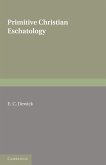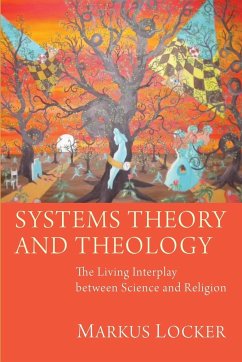This ground-breaking book is certainly the crowning of achievement of an author whose works have always been among the very best of modern theological scholarship. Gerd Theissen argues that neither a theology of the New Testament nor a history of the early church can do justice to all the dimensions of the earliest Christianity, which includes myth, ethic and ritual. Primitive Christianity is to be seen as a sign system that the first Christians built on the basis of Jewish religion. They constructed a semiotic cathedral, a world of signs in which to live, out of the narrative, ritual and ethical material. For them it was plausible and 'true', and those who want to be more than tourists in such a semiotic cathedral can find it plausible and true also. The first part of the book explores in depth the formation of the myth, or basic narrative, the ethics and rites of primitive Christianity, after which there is an account of how primitive Christianity differentiated itself from Judaism and constituted itself as a distinctive sign language. This development culminates in the New Testament in the Gospel of John. Further chapters investigate how the autonomy of the new sign language developed and proved itself in the two great crises of primitive Christianity, those over the split with Judaism and the threat from Gnosticism. Although these crises indicated that the sign language of Christianity had its limits, within its framework primitive Christianity developed an amazing multiplicity and plurality, which constantly threatened unity and coherence. The last chapter discusses the relevance of this whole new approach to Christianity today. .







![Register of Delegates [microform]: Methodist Church of Canada, Methodist Episcopal Church, Primitive Methodist Church, Bible Christian Church Register of Delegates [microform]: Methodist Church of Canada, Methodist Episcopal Church, Primitive Methodist Church, Bible Christian Church](https://bilder.buecher.de/produkte/65/65556/65556742m.jpg)
